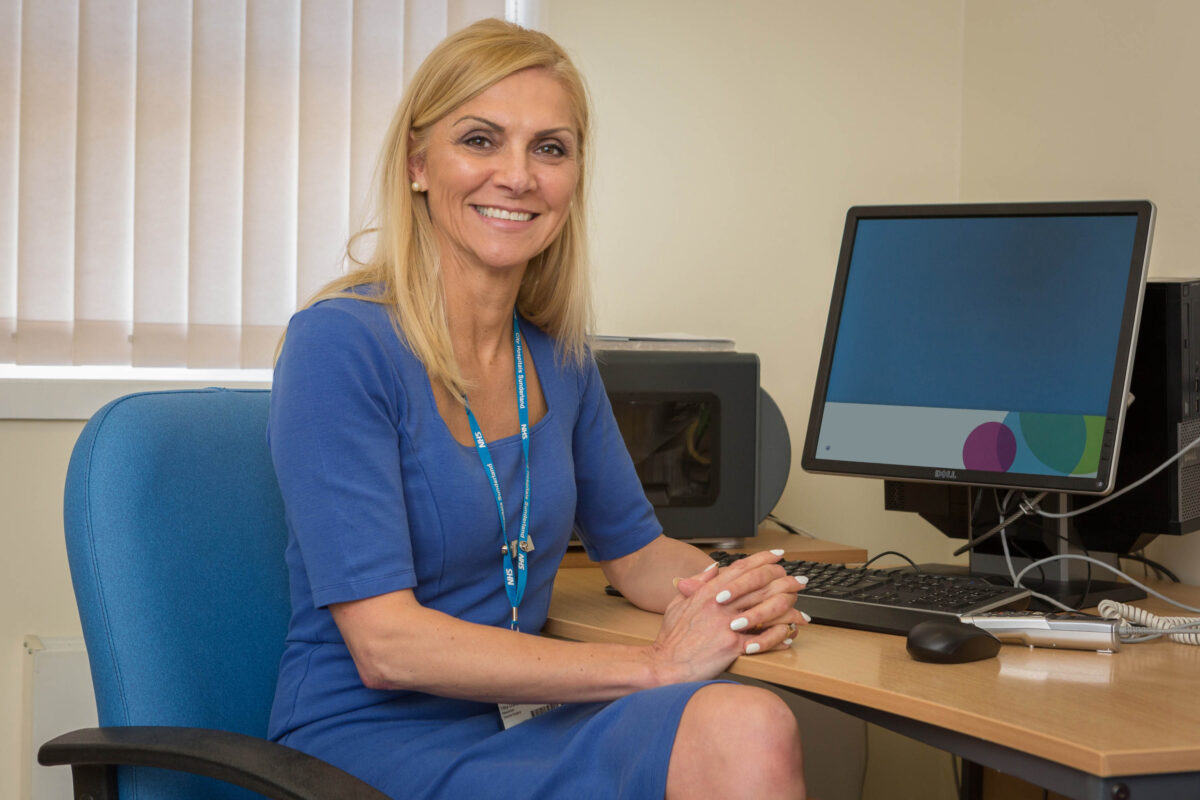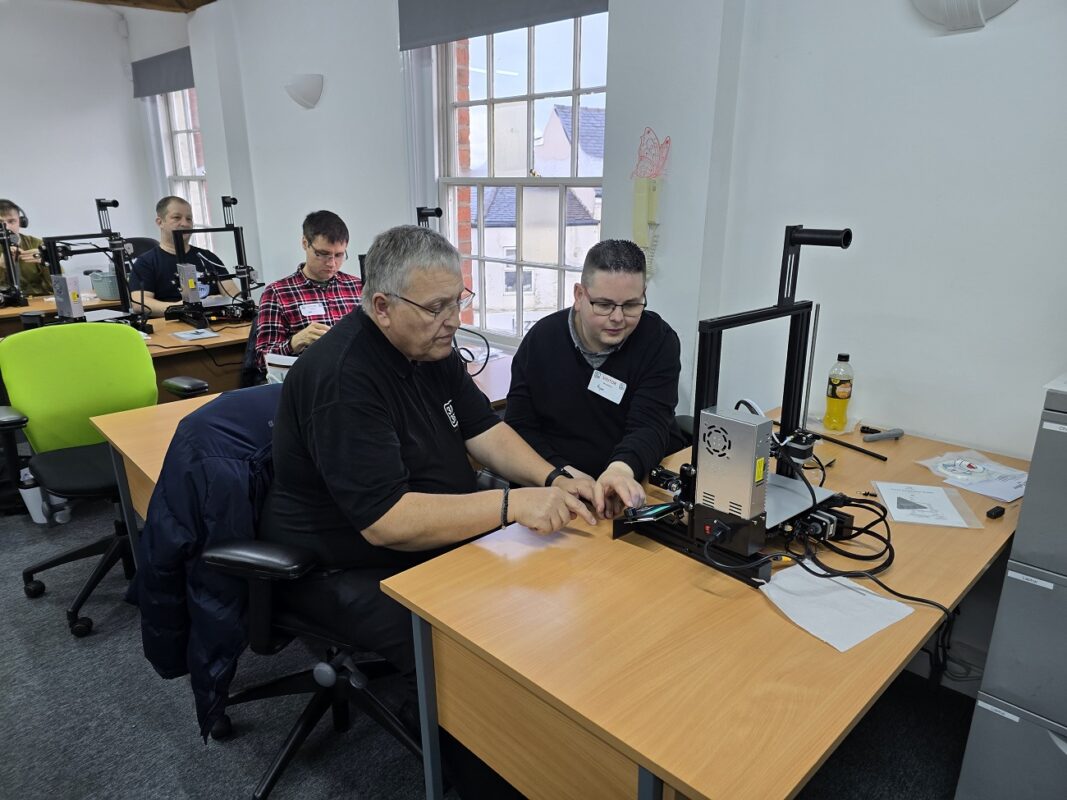4 Tips to Address Student Mental Health in a Pandemic Era

#traumainformed – We have all been impacted by the effects of COVID-19, some much worse than others. Whether it was the loss of a loved one(s), a decline in mental health, loss of financial security, or many other factors, we have all felt it. We are in a strange time, where the pandemic is lessening but still not quite gone. Students are back in school and most people have returned to the workforce with the idea of business as usual. However, it is not that simple, education can not go back to business as usual because of the collective trauma that has negatively impacted our lives.
With the current school year coming to a close, it is by far the most difficult that many educators have experienced. Even worse than when the pandemic started. Unrealistic expectations from administrators, the great resignation that led to an overwhelming shortage of educators, and an increase in problematic behaviors from students are all a part of the aftermath. Instead of business as usual, schools have to focus on prioritizing the mental health of students and educators alike. Maslow before bloom, right? Meaning we can not expect educators or students to focus on academics if their most basic needs of safety and security are not met.
In a national survey conducted by Educators for Excellence, 79% of teachers noted that their students’ mental health was worse since the start of the pandemic. Given this staggering statistic, it is neglectful to continue to ignore the impact that students’ mental health has on their schooling.
When students are in a constant state of survival or chronic stress, the brain triages information with safety first. The brain’s first line of defense is the amygdala. When this area senses a threat, whether it is real or perceived, it is activated like a smoke detector. To make matters worse, any new information can be perceived as a threat. This activation signals the prefrontal cortex to completely shut down until the individual feels safe. The problem here is that this area of the brain is responsible for all things learning – including memory, organization, impulse control, and retaining new information.
To quiet the amygdala and make learning possible, educators have to calm the nervous system first and provide a sense of safety for their students. It sounds very difficult but it is not. Here are a few practical tips to get you started.
First, recognize your role in the behaviors. This is imperative because all students need to feel a sense of belonging, no matter their circumstances or identity. Many times when students do not meet the expectations of a good student, they are met with many forms of exclusionary discipline and bias which ultimately leads to isolation and further traumatization. As educators, we are all aware of who the “bad students” are and unfortunately they are treated as such. With this in my mind, it is important to routinely check-in with yourself and assess how your perception and bias shows up in your learning space. This is the initial step in providing safety and inclusion for all students. Ask yourself, how do you discipline students? Is your discipline style a direct result of your frustration? When discipline is given as a result of frustration, it tends to be more harsh and vengeful. Which leads me to the next tip.
Second, practice a pregnant pause and take a deep breath. Remember that an escalated adult can not deescalate students’ problem behaviors. While it may be second nature in many instances to respond to disruption impulsively, it is not best practice. When you give yourself time to respond, it allows you to stay mindful that behaviors are a cry for help and respond in a more understanding manner. No kid chooses to be bad. There are always underlying problems and unmet needs that result in the behaviors. Whether the student is impulsive, oppositional, disrespectful, anxious, or aloof. As an added bonus, you can incorporate a one minute deep breathing exercise at the beginning of your class everyday or throughout class, as needed. We do not know what type of environment students live in and it is harmful to assume. By allowing your class time to breathe, you increase their level of safety.
Third, allow students time to journal. Healing comes in many forms and one practical way to do so is to write.Whether it is simply recalling certain events, writing a poem, song, story, or rap, it allows one to release attached emotions and express creativity simultaneously. When allowing your students time to journal, be sure that you do not put any restrictions on what they write. Instead, have a designated book that is only for their viewing, that stays locked away in a secure area of the classroom. Journaling should be completed daily at the same time each day. This gives students something to look forward to when they need a therapeutic release. Be sure to note that sharing is optional because some students will have a desire to do so as it will help them process their emotions.
Last and certainly not least, take care of yourself first. According to the National Education Association, 90% of teachers admit to feeling burned out. This is because of the reasons stated previously, as well as teachers not prioritizing self-care. Educators are natural nurturers and often put the needs of students and everyone else before their own. We know how harmful this can be because like the saying goes, “You can’t pour from an empty cup.” To remedy that, be sure to schedule in an hour each day dedicated to restoring your mental, physical, and spiritual health. I recommend waking up about an hour early so you can get uninterrupted “you” time without the demands of everyday life. If you wait until the end of the day to practice self-care, it probably will not happen because you will be too tired and possibly overwhelmed from a long day’s work. Your self-care can include journaling, meditation, reading, exercising, or whatever healthy method you prefer. Just remember to schedule it because your well-being is of utmost importance.

For more practical tips on how to teach your students during these unprecedented times, check out my book, Reach to Teach: 7 Simple Trauma-Informed Steps to Help Urban Students Engage, Improve Grades, and Decrease Problem Behaviors Overnight.
Nicole Thompson, Ed.S is the founder/CEO GOAT Educators, author, speaker, mentor, and retired school psychologist. She has also served as an early intervention therapist and adjunct professor. Nicole is the creator of Reverse the Adverse, a trauma-informed training for educators and mental health professionals that work with urban students. She has spoken at Harvard School Mental Health Conference where she received the first standing ovation in over 10 years. Nicole’s work has also been featured in numerous publications.












Responses